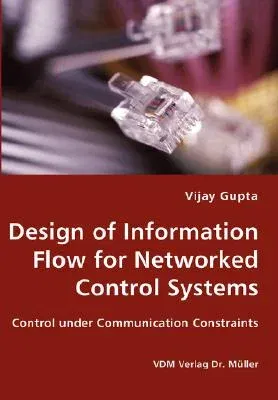Rapid advances in information processing, communication and sensing
technologies have enabled more and more devices to be provided with
embedded processors, networking capabilities and sensors. For the field
of estimation and control, it is now possible to consider an
architecture in which many simple components communicate and cooperate
to achieve a joint team goal. This distributed (or networked)
architecture promises much in terms of performance, reliability and
simplicity of design. However, at the same time, it requires extending
the traditional theories of control, communication and computation and,
in fact, looking at a unified picture of the three fields. From an
estimation and control perspective, the presence of real communication
channels can lead to a significant performance loss due to the
introduction of non-classical information patterns into the problem.
This book deals with new design principles to counter such performance
degradation. The chief idea explored in this book is the joint design of
information flow and the control law. While traditional control design
has concentrated on calculating the optimal control input by assuming a
particular information flow between the components, our approach seeks
to synthesize the optimal information flow along with the optimal
control law that satisfies the constraints of the information flow. Thus
besides the question of What should an agent do?, the questions of Whom
should an agent talk to?, What should an agent communicate?, When should
an agent communicate? and so on also have to be answered. The design of
the information flow represents an important degree of freedom available
to the system designer that has hitherto largely been ignored. As we
demonstrate in the book, the joint design of information flow and the
optimal control input satisfying the constraints of that information
flow yields large improvements in performance over simply trying to fit
traditional design theories on distributed systems.


